Cloud Computing Explained: Service Models, CRM, and ERP Integration
VerifiedAdded on 2023/04/22
|10
|569
|175
Report
AI Summary
This report provides an overview of cloud computing, focusing on its key characteristics and service models: Infrastructure as a Service (IaaS), Platform as a Service (PaaS), and Software as a Service (SaaS). It explains how system managers use IaaS for platform creation, developers use PaaS for application deployment, and business users utilize SaaS for various tasks. The report further discusses Cloud CRM, highlighting its benefits such as hassle-free installation, affordability, and enhanced security, and its role in centralizing customer databases and streamlining business processes. Finally, it touches on Cloud ERP, explaining how it automates data collection and provides real-time insights into business resources and processes. The document concludes with a list of references used in compiling the report, and is available on Desklib, a platform providing study tools for students.
1 out of 10
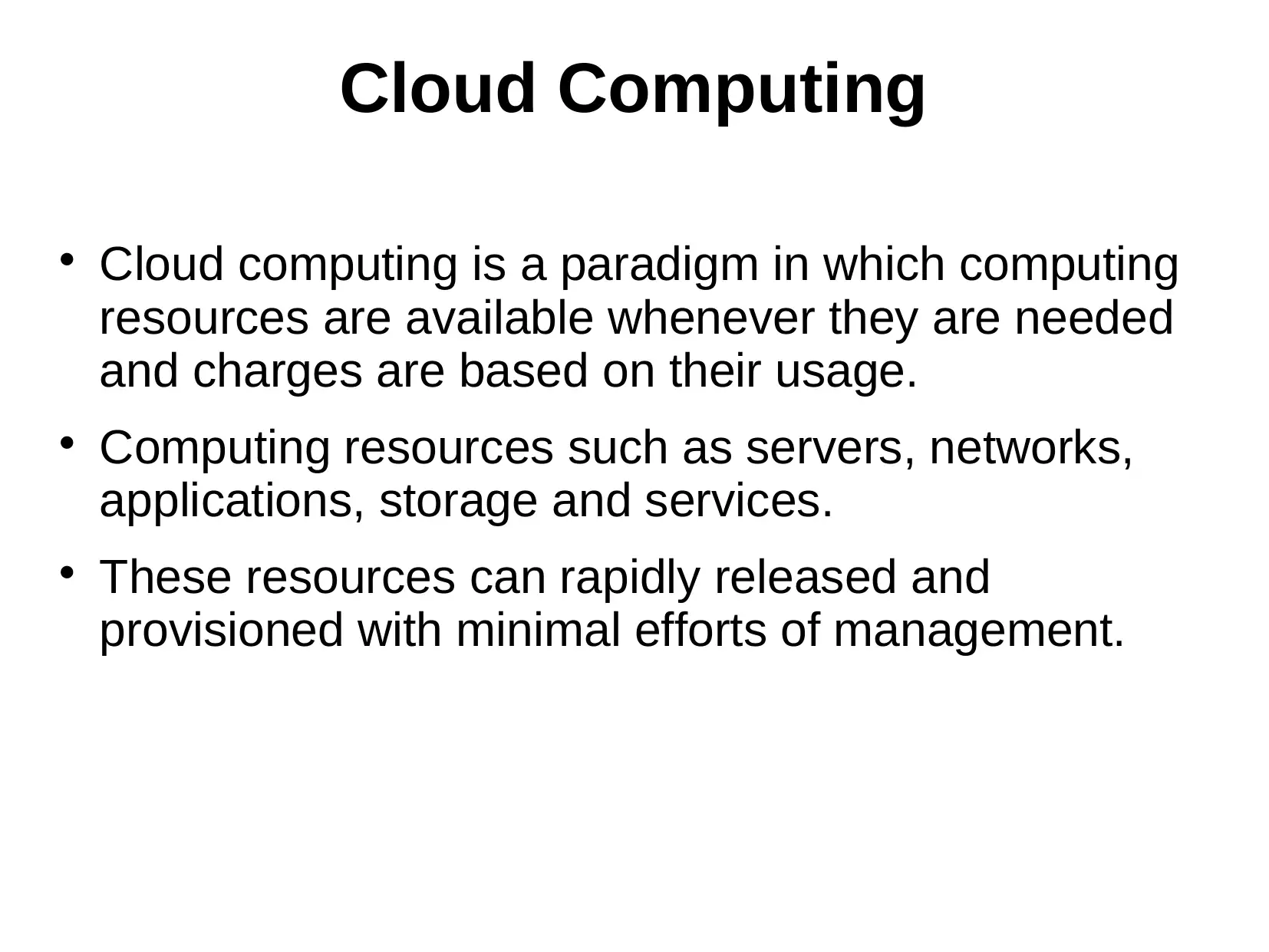
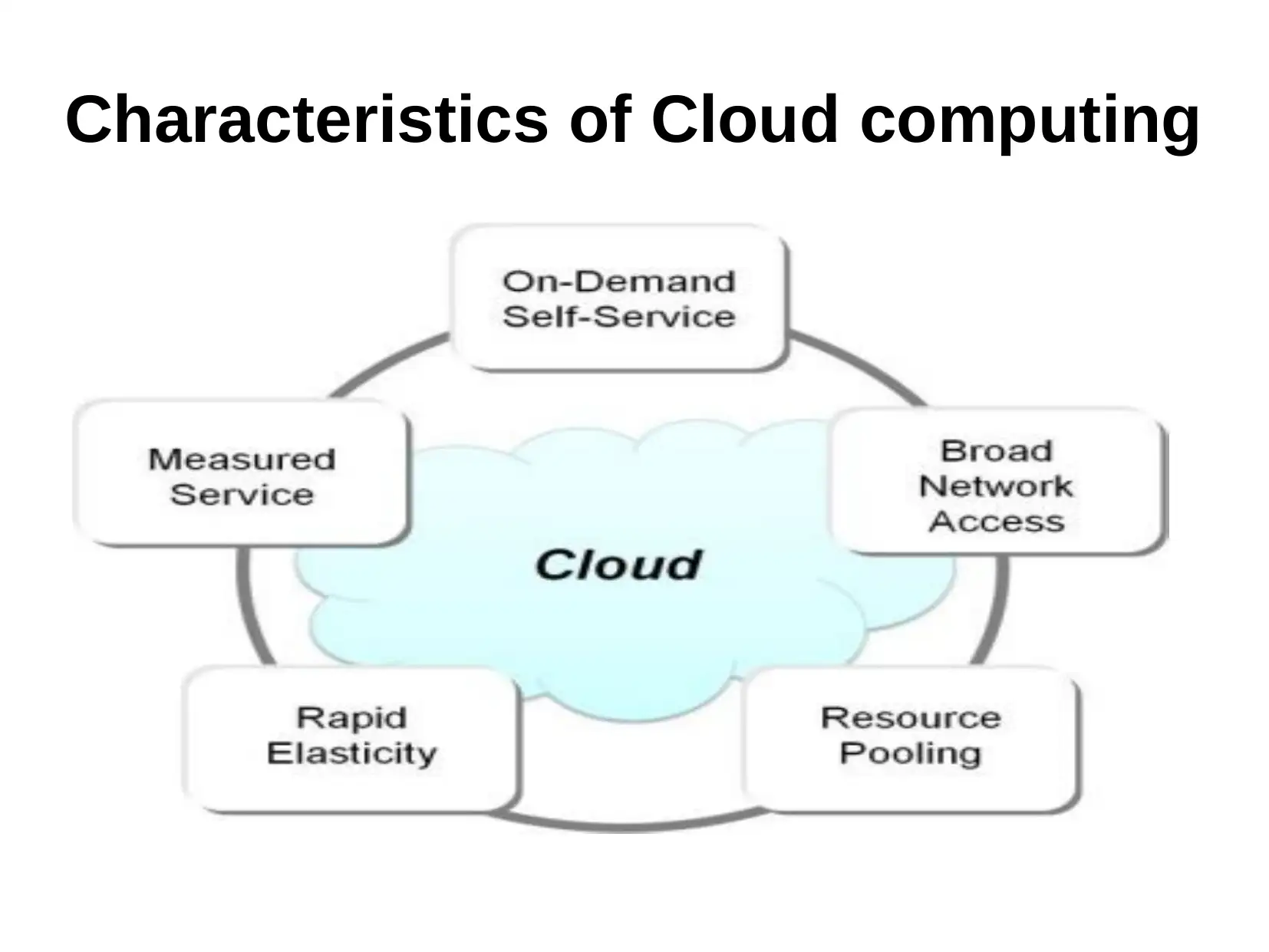
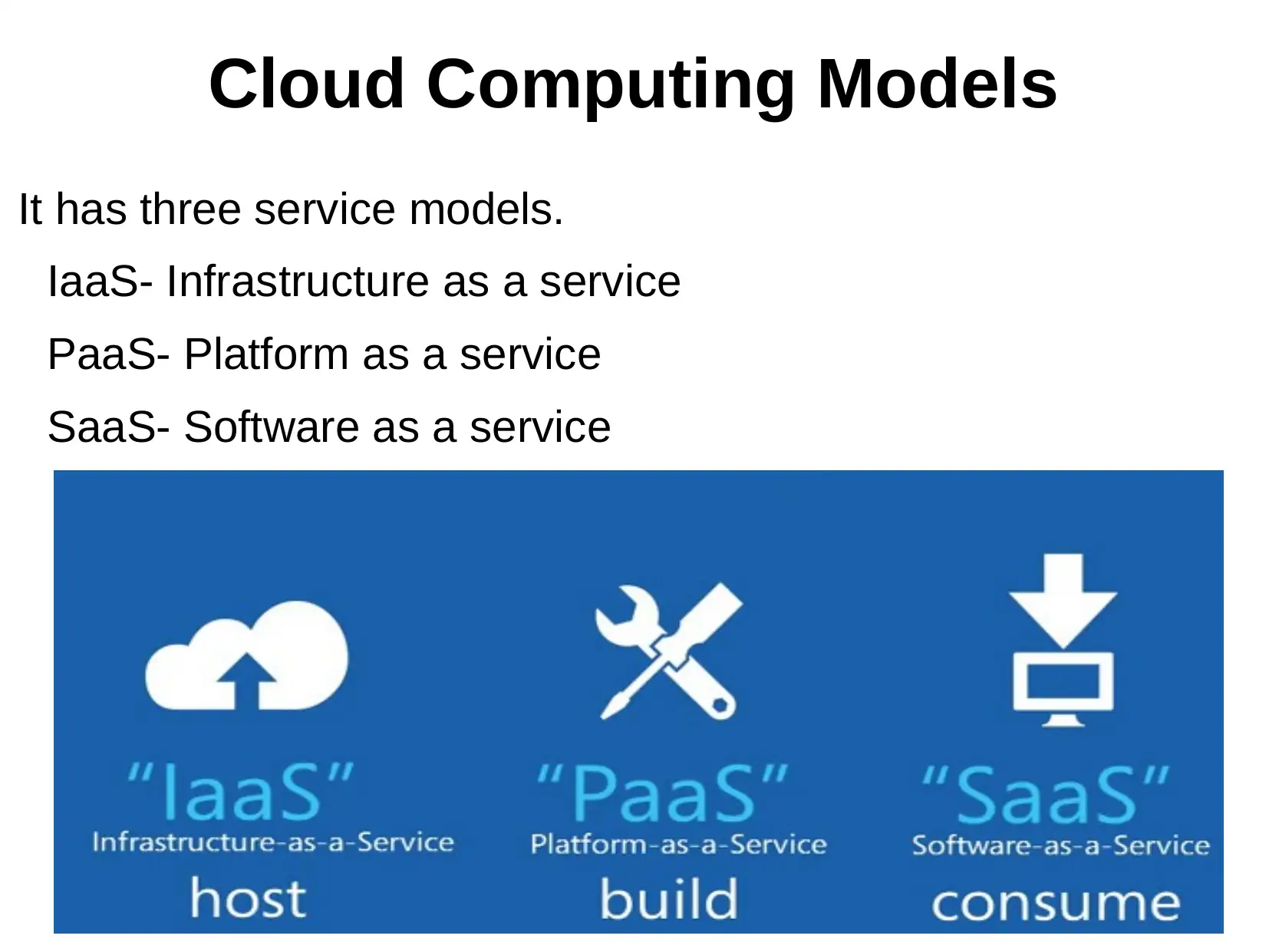

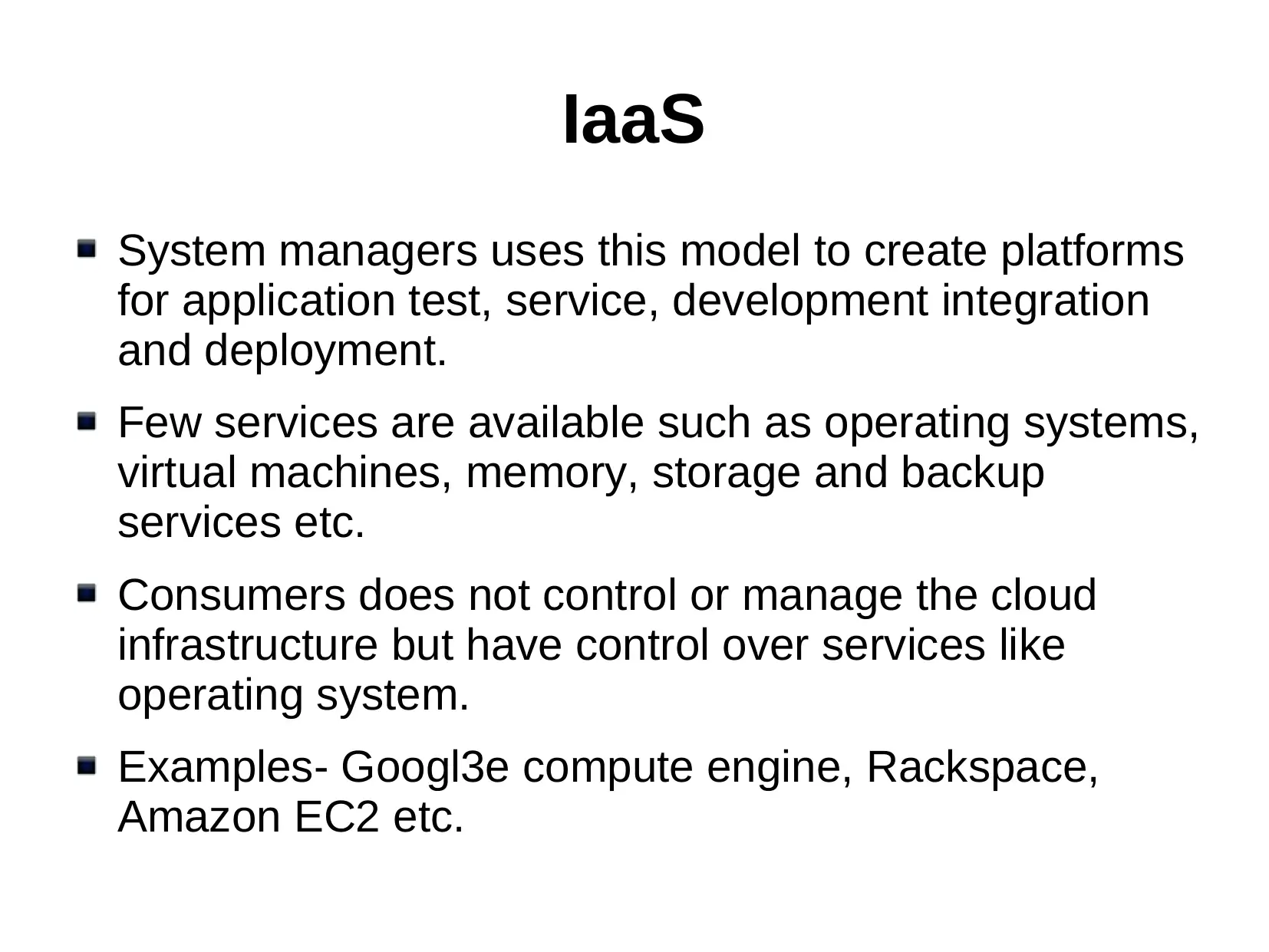
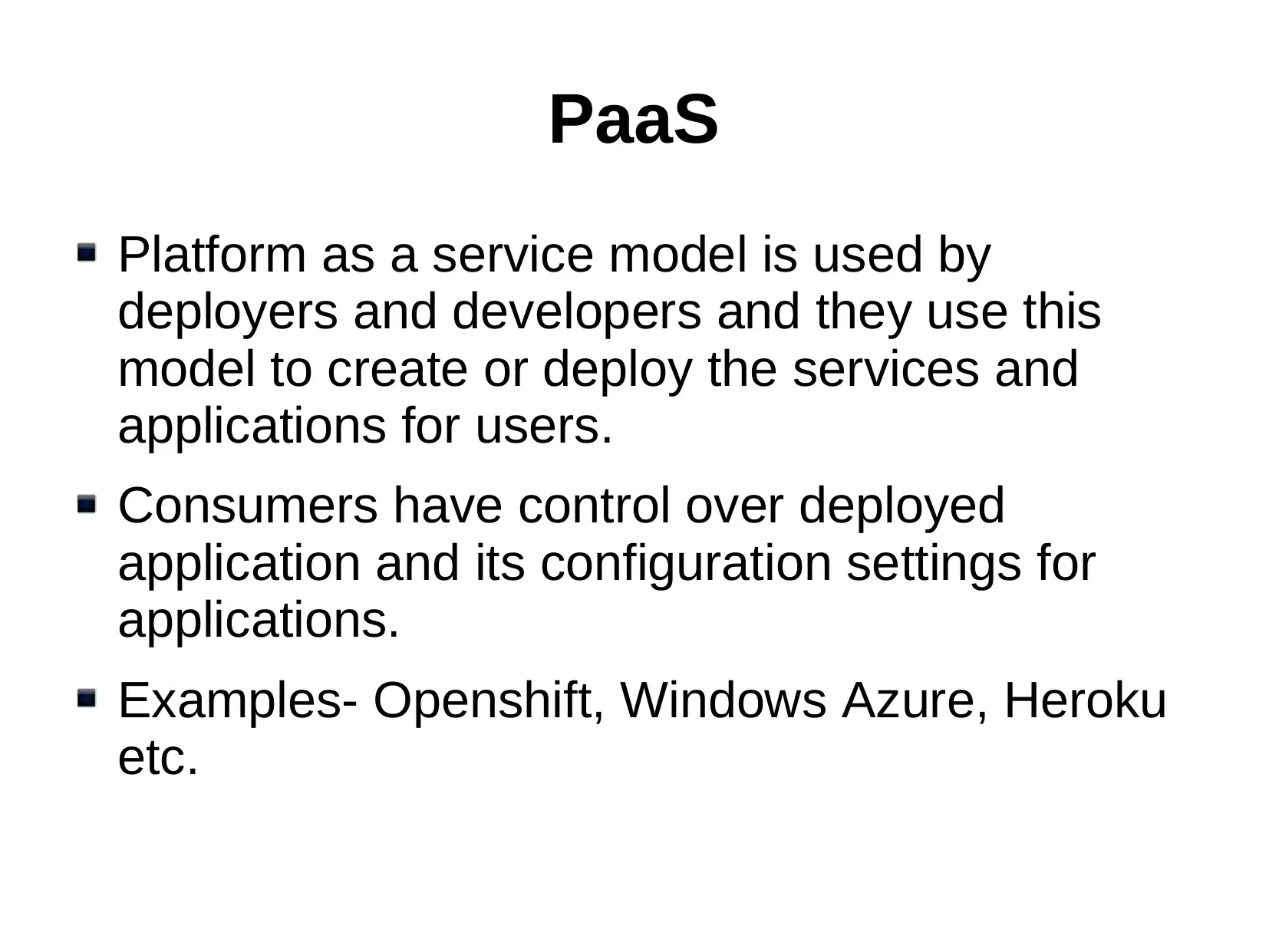
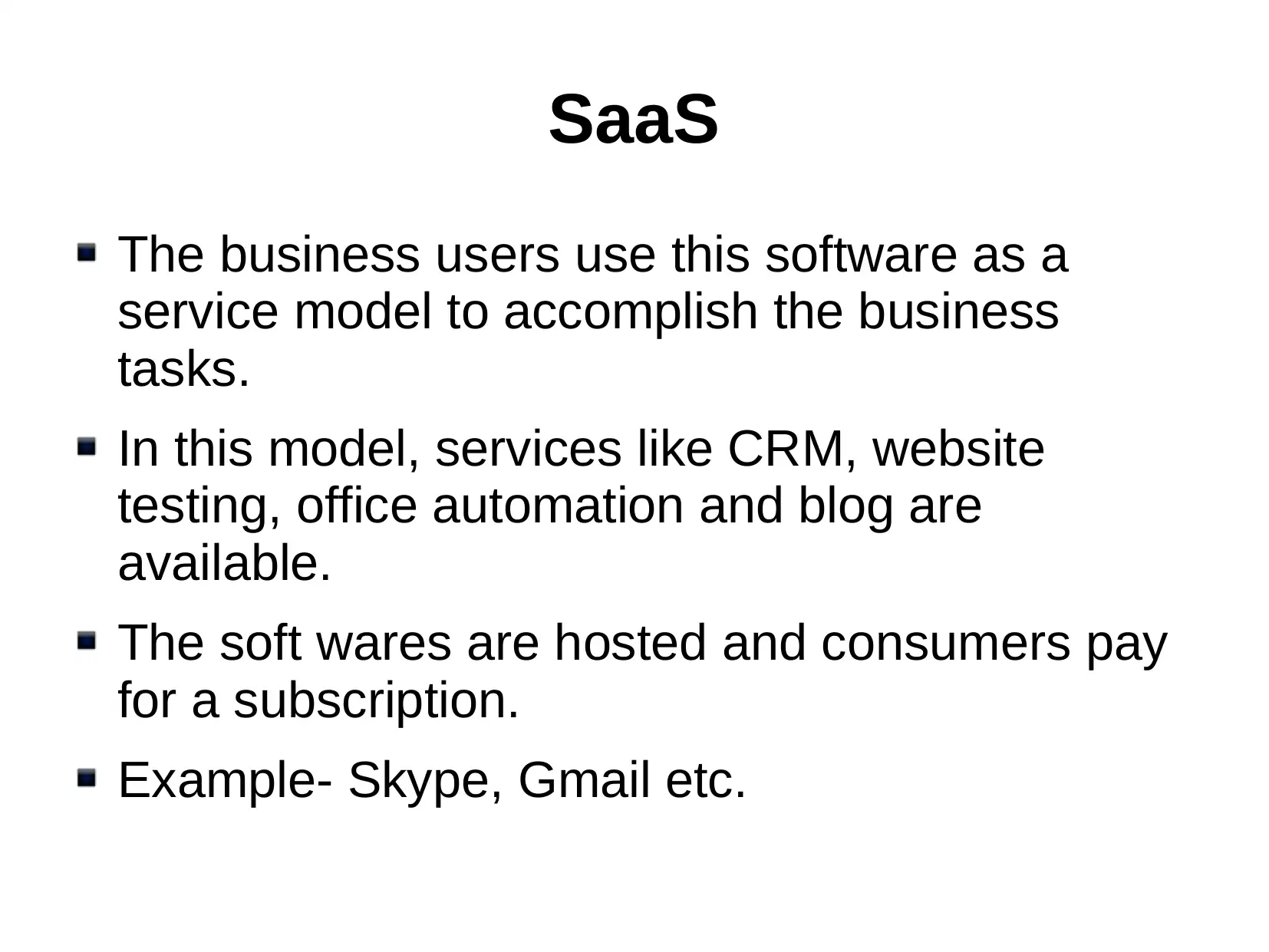
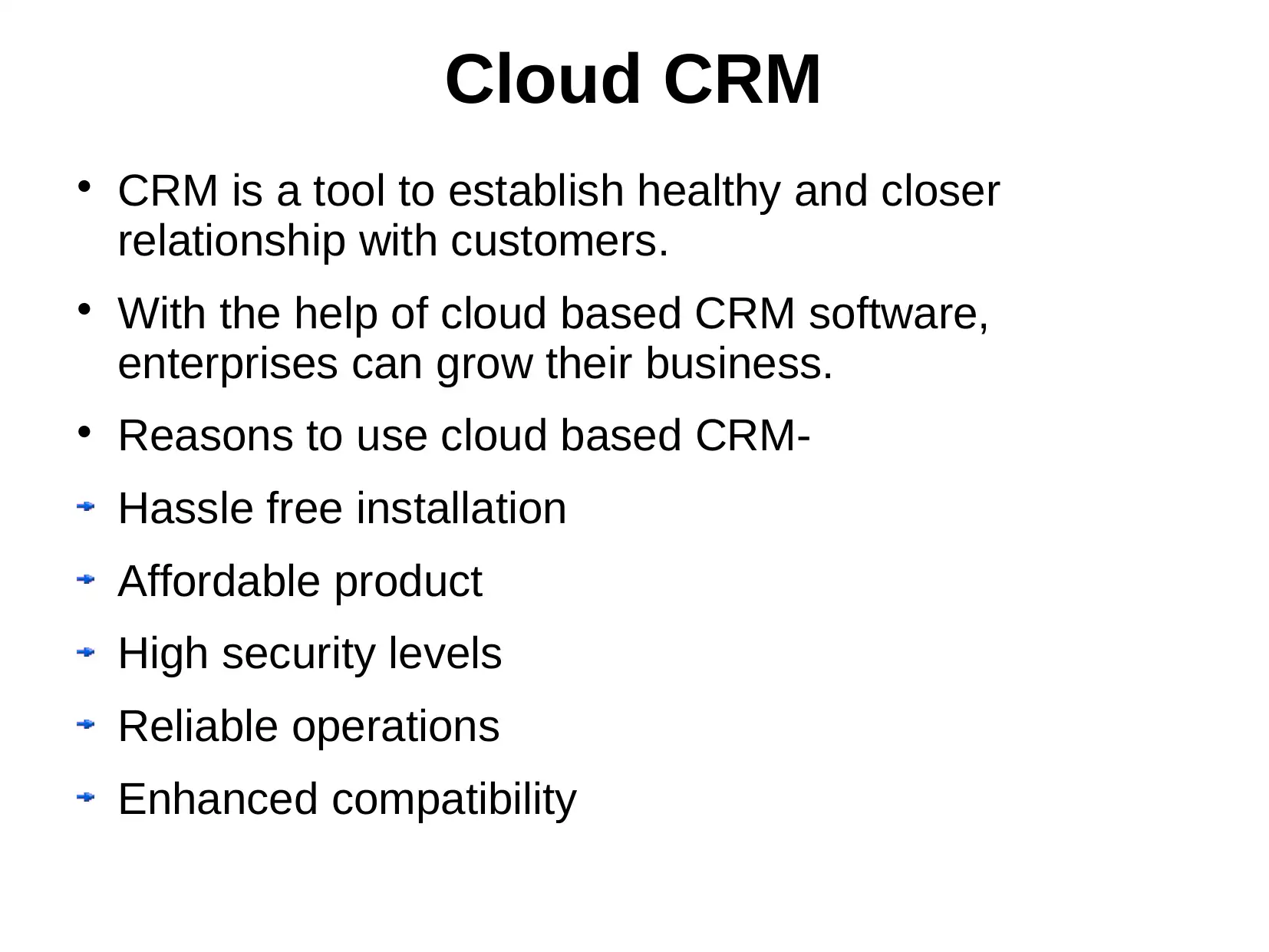
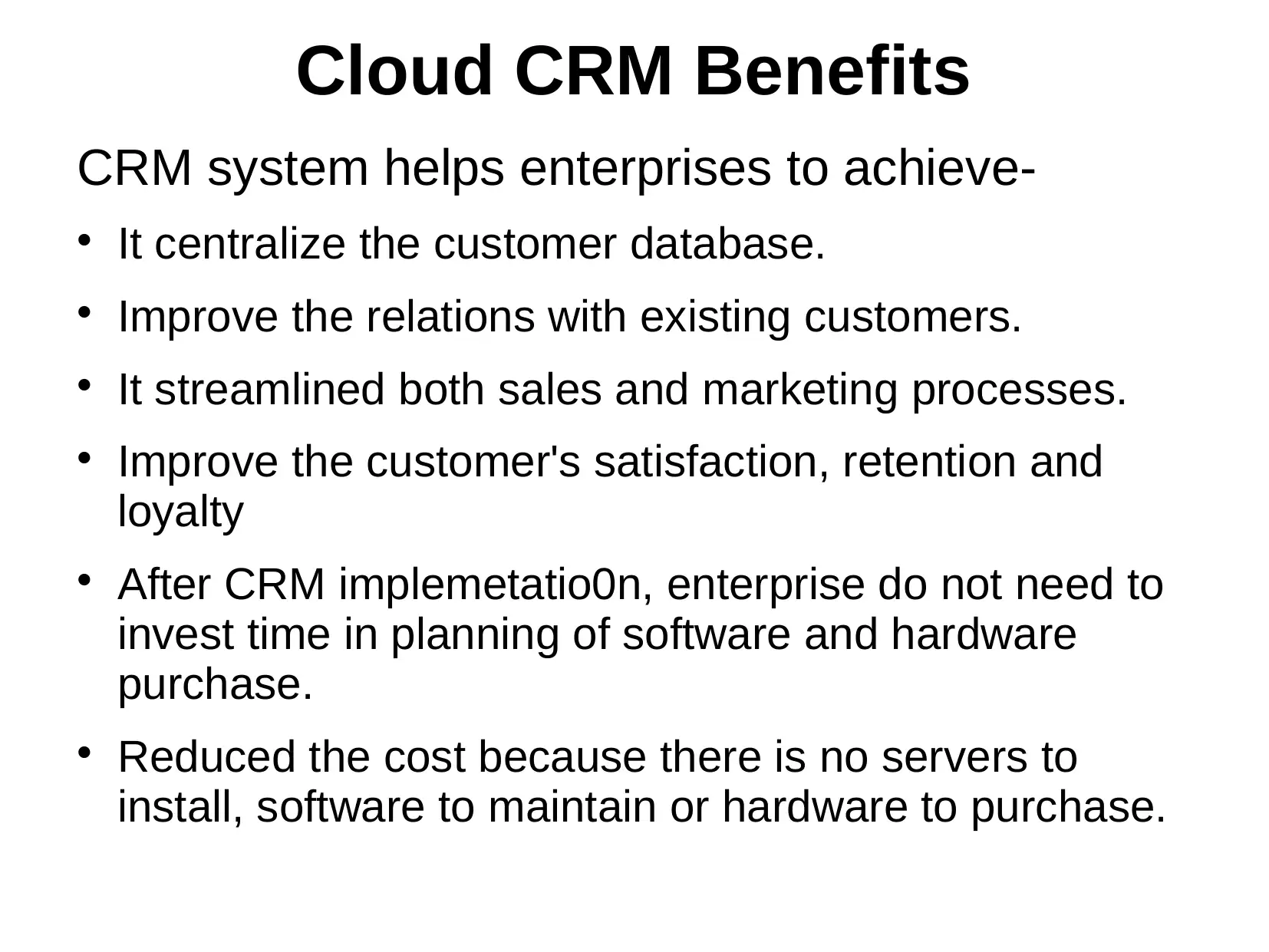
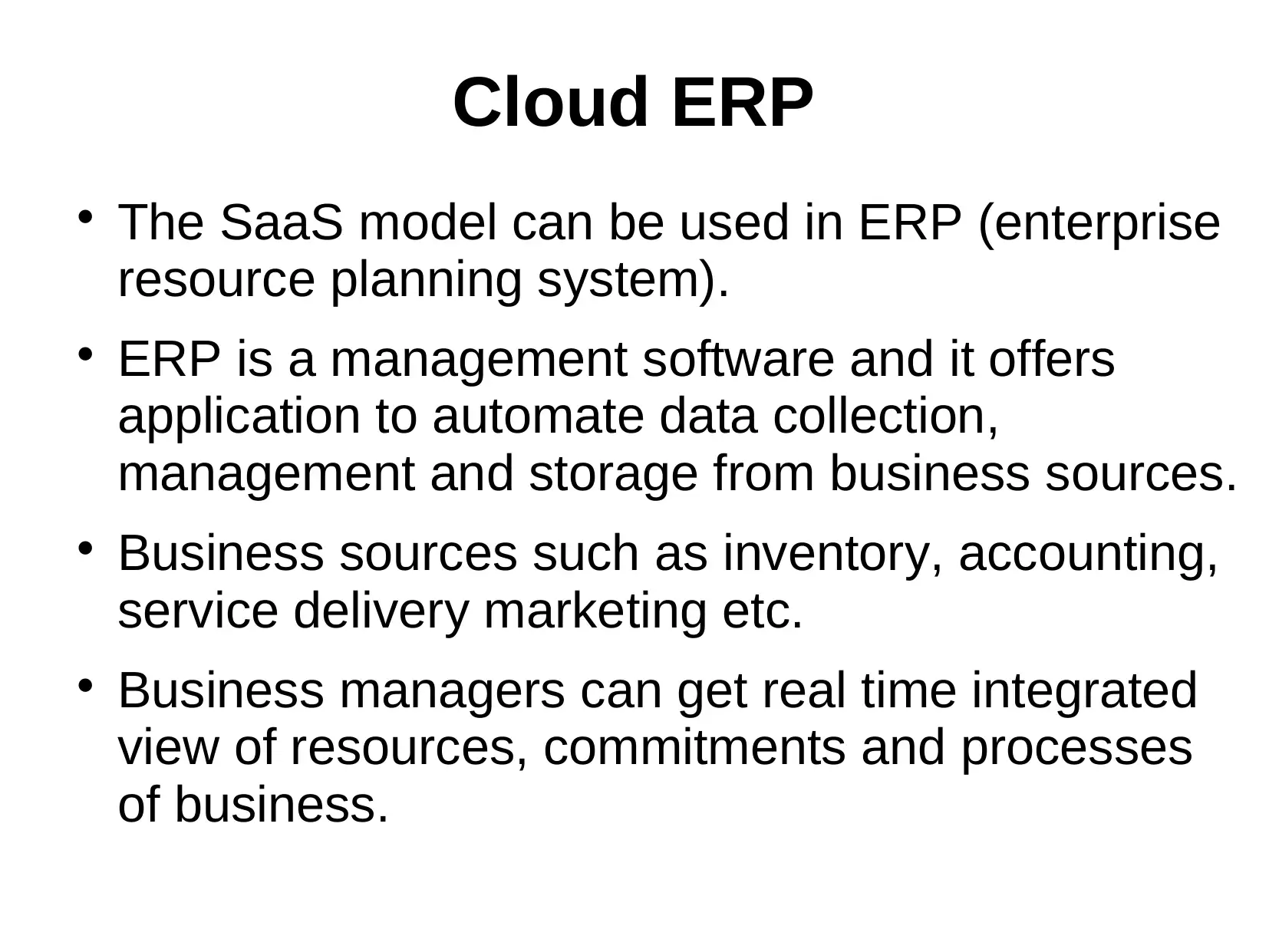
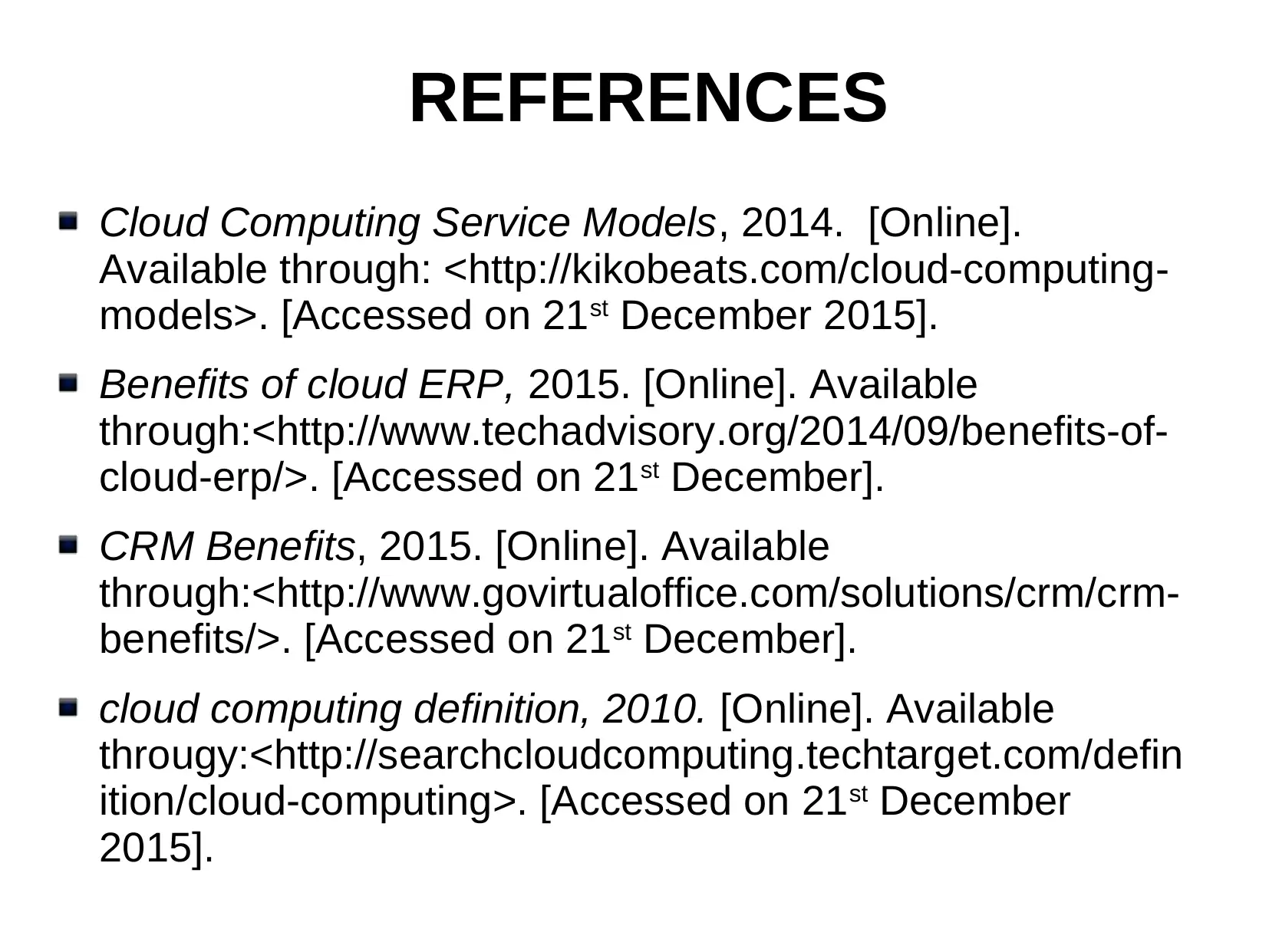



![[object Object]](/_next/static/media/star-bottom.7253800d.svg)